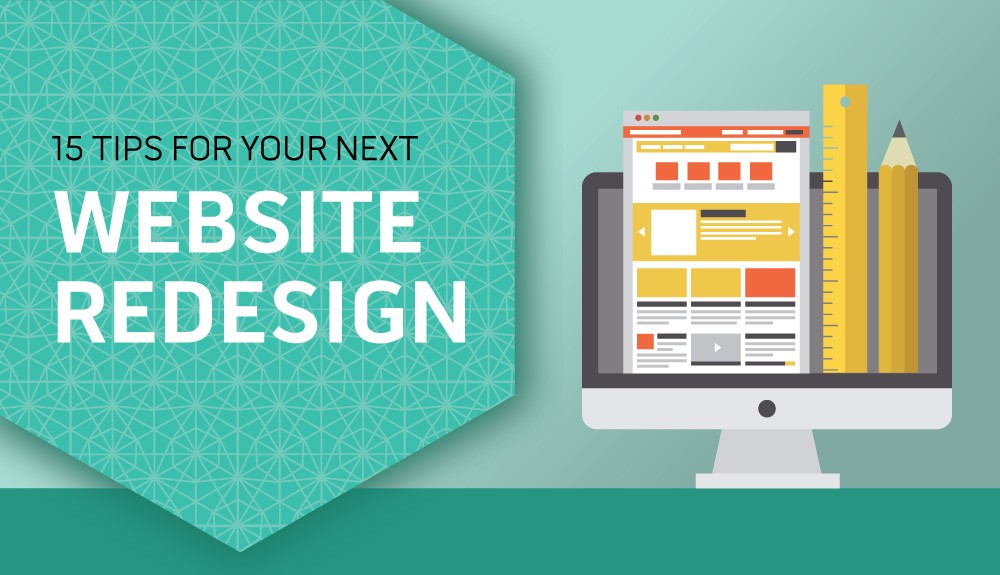The Purpose Behind Your Logo Redesign
If you're a small business owner, chances are you've considered changing your company's logo.
Maybe you've surfed the Internet and read some of the many articles pertaining to logo design. Maybe you’re a little further along in the processes and have found a few local agencies and freelancers you’d like to work with.
Either way, you just don't see your logo in the same light as you once did. You have the itch to make a change.
Dozens of large corporations undergo a rebrand for a variety of reasons every year, right? So why shouldn't you?
First, there has to be a purpose.
Look around. Logos surround us. Brands are constantly battling for our attention. Up until now, you may have never given them a second thought. There's a reason for that.
People tend to notice when a company redesigns it's logo because there is usually an underlying motive: change. Whether it’s a change at the top, a change in services, or a change in focus, a revamped logo is a brand’s way of letting people know it’s not the same anymore.
So before you commission a new logo, ask yourself, ‘What else am I changing?’ Your past customers look at your logo now and recall the experiences they’ve had with your company. If they later see something different, they’ll expect something different.
Are you prepared to deliver?
That’s not to say you can’t alter your logo to alter your public perception. Consider the International Symbol of Access, more commonly known as the handicapped or wheelchair symbol. It’s experienced a quiet rebrand of it’s own recently – and for good reason.
The original accessibility symbol was created in the late 1960s. It’s a stiff, seemingly helpless-looking figure.
According to the 2012 U.S. Census, 1 in 5 people have a disability in America. So odds are high you know someone with a disability. Does that image accurately describe your friend or loved one?
Without question, opinions about people with disabilities have changed drastically in the past half-century. And the people behind the Accessible Icon Project have set out to reinforce the idea that disabled individuals – not just chair users – are active and motivated members of society.
Such is one example of when a logo no longer fits the message. Yes, the new logo doesn’t reflect internal change of a single business or organization. But the adaptation better reflects what the symbol represents.
You can usually describe a logo before it is even created. Most businesses want to portray professionalism, trustworthiness, quality, and innovation among other things. You may have a few other descriptive words you’d like to tie to your company’s image.
Look at your logo. Disregard color and personal preferences. Do any of those words fit? If not, what are some visual cues that would help illustrate those keywords?
A logo designer will need to know information like this to deliver a successful logo, which is what you’re paying for when you higher a designer or design firm.
A telltale sign that a business owner hasn’t yet contemplated the end goal of a redesign is when he opens the gates to total creative freedom. If there is nothing to accomplish, how will you know when it meets your needs? Shouldn’t it be worth the investment?
Sadly, lots of people and places are willing to take your money by stringing you along from one batch of iterations to the next, adding onto their hourly rate that you are obligated to pay by virtue of a contract.
But before entering into that phase, a quality designer or agency will force you to consider whether redesigning your logo is even necessary.
After all, you wouldn’t walk into a dentist’s office without a toothache and ask for a root canal. Would you?



